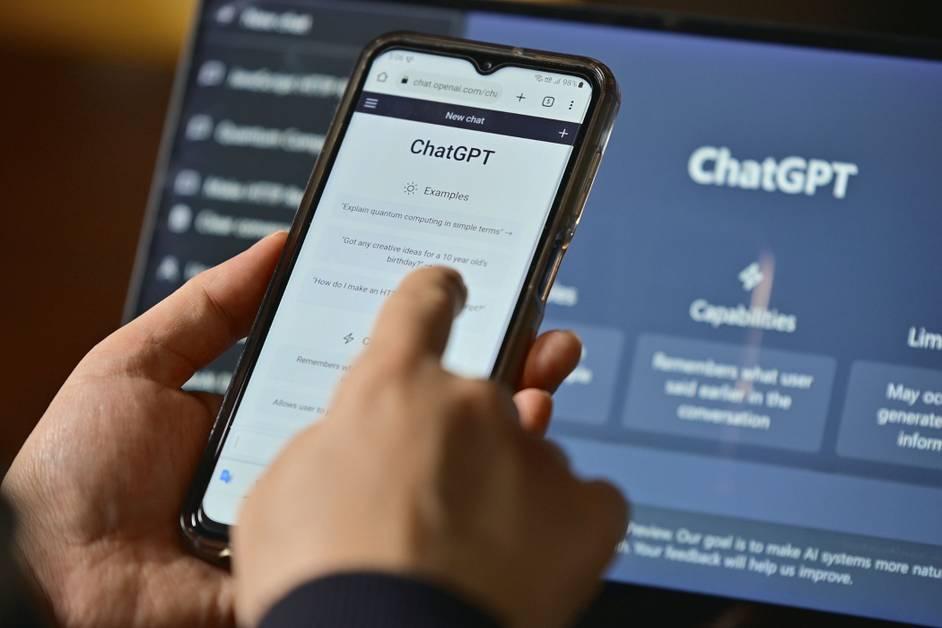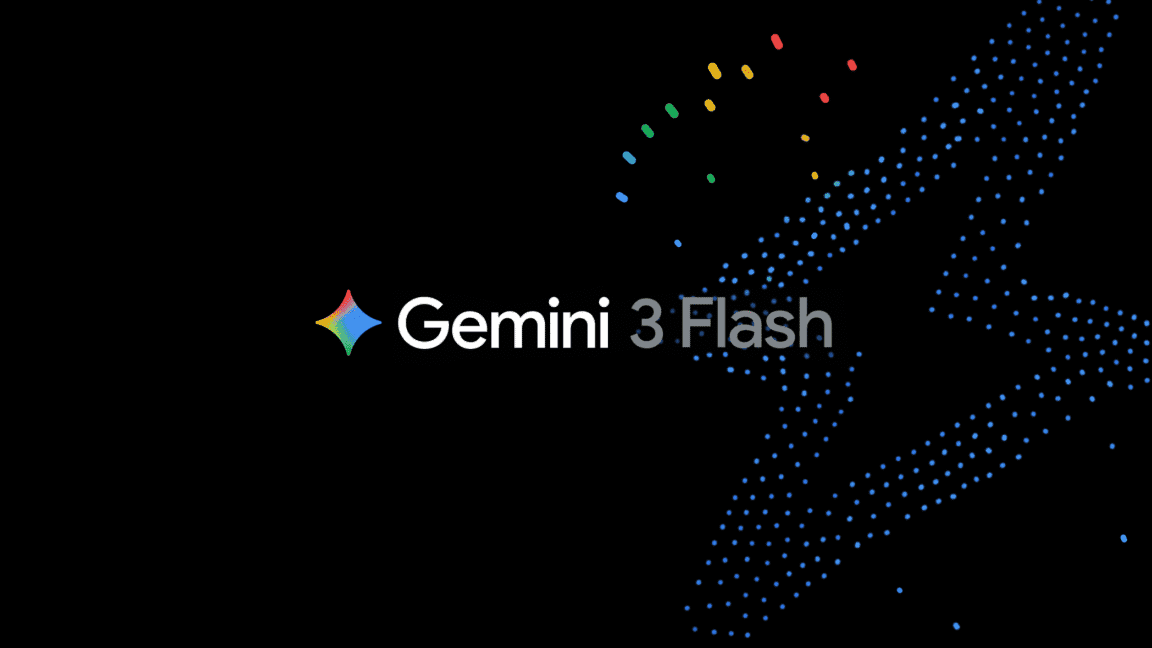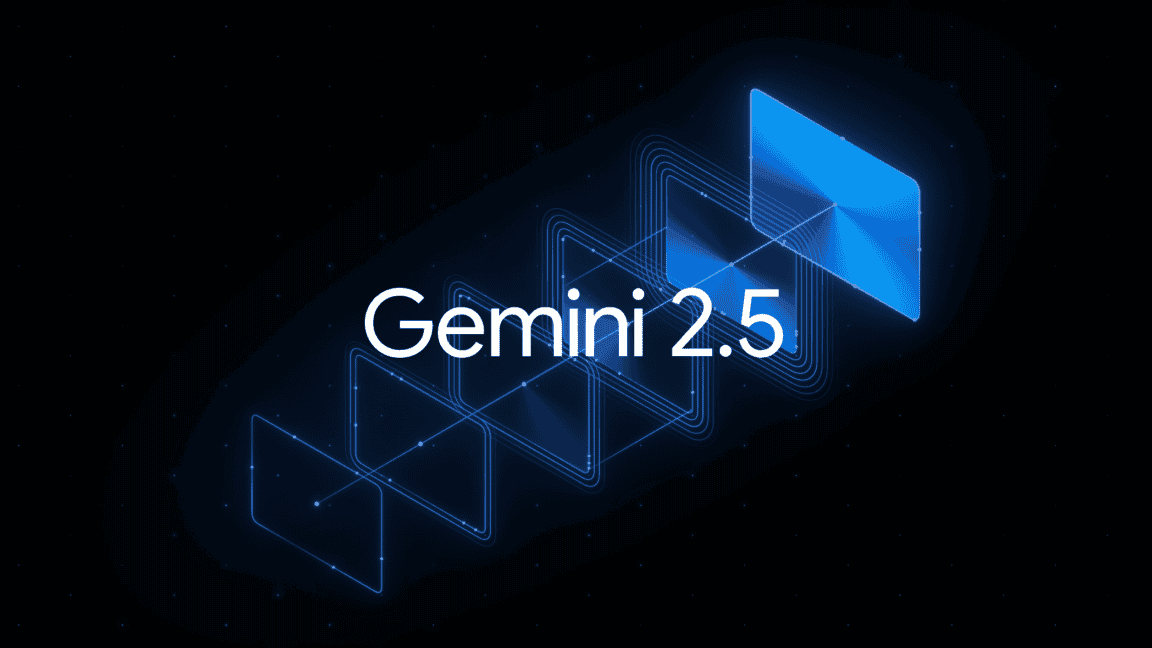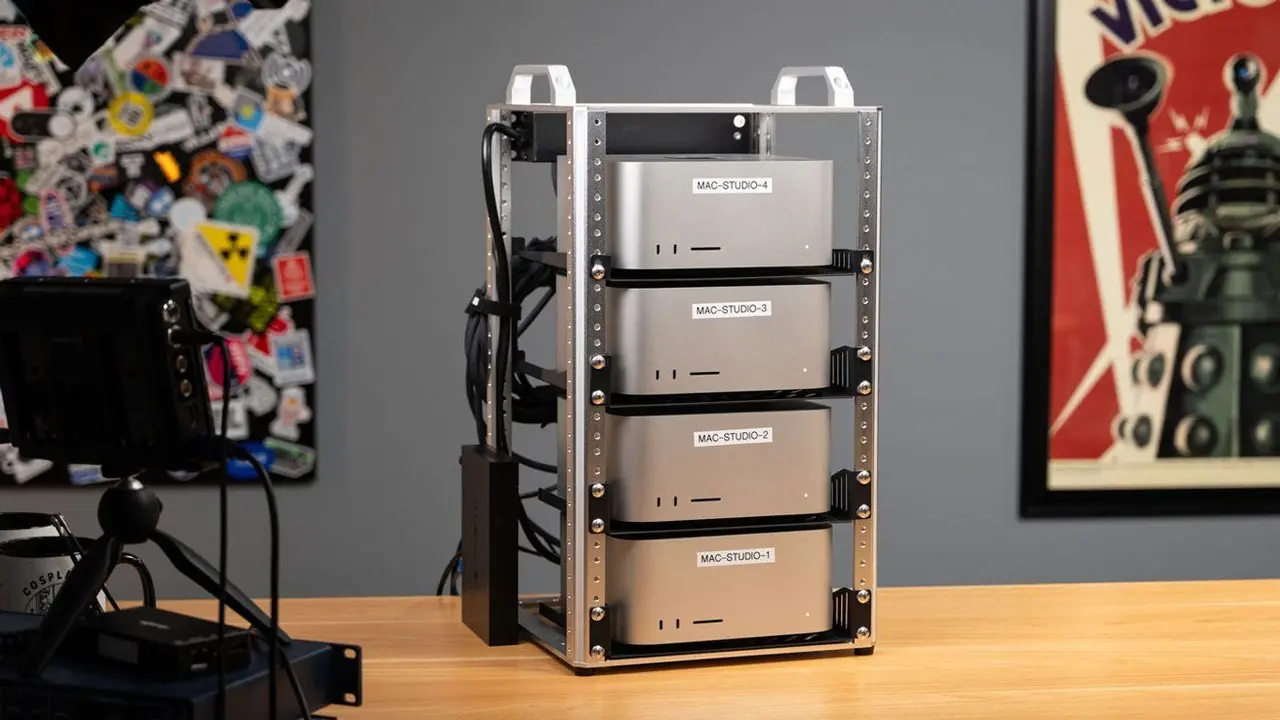The Latest AI Models: Capabilities, Costs, and Considerations
2 Sources
2 Sources
[1]
These are the hottest AI models, what they do, and how to use them | TechCrunch
AI models are being cranked out at a dizzying pace, by everyone from Big Tech companies like Google to startups like OpenAI and Anthropic. Keeping track of the latest ones can be overwhelming. Adding to the confusion is that AI models are often promoted based on industry benchmarks. But these technical metrics often reveal little about how real people and companies actually use them. To cut through the noise, TechCrunch has compiled an overview of the most advanced AI models released since 2024, with details on how to use them and what they're best for. We'll keep this list updated with the latest launches, too. There are literally hundreds of thousands of AI models out there: HuggingFace, for example, hosts over 900,000. So this list might miss some models that perform better, in one way or another. OpenAI o3-mini This is OpenAI's latest reasoning model and is optimized for STEM-related tasks like coding, math, and science. It's not OpenAI's most powerful model but because it's smaller, the company says it's significantly lower-cost. It is available for free but requires a subscription for heavy users. OpenAI's Operator is meant to be a personal intern that can do things independently, like help you buy groceries. It requires a $200 a month ChatGPT pro subscription. AI agents hold a lot of promise, but they're still experimental: a Washington Post reviewer says Operator decided on its own to order a dozen eggs for $31, paid with the reviewer's credit card. Google Gemini 2.0 Pro Experimental Google Gemini's much-awaited flagship model says it excels at coding and understanding general knowledge. It also has a super-long context window of 2 million tokens, helping users who need to quickly process massive chunks of text. The service requires (at minimum) a Google One AI Premium subscription of $19.99 a month. Deep Research summarizes Google's search results in a simple and well-cited document. The service is helpful for students and anyone else who needs a quick research summary. However, its quality isn't nearly as good as an actual peer-reviewed paper. Deep Research requires a $19.99 Google One AI Premium subscription. Meta Llama 3.3 7B This is the newest and most advanced version of Meta's open source Llama AI models. Meta has touted this version as its cheapest and most efficient yet, especially for math, general knowledge, and instruction following. It is free and open source. OpenAI Sora Sora is a model that creates realistic videos based on text. While it can generate entire scenes rather than just clips, OpenAI admits that it often generates "unrealistic physics." It's currently only available on paid versions of ChatGPT, starting with Plus which is $20 a month. Alibaba Qwen QwQ-32B-Preview This model is one of the few to rival OpenAI's o1 on certain industry benchmarks, excelling in math and coding. Ironically for a 'reasoning model,' it has "room for improvement in common sense reasoning," Alibaba says. It also incorporates Chinese government censorship, TechCrunch testing shows. It's free and open source. Anthropic's Computer Use Claude's Computer Use is meant to take control of your computer to complete tasks like coding or booking a plane ticket, making it a predecessor of OpenAI's Operator. Computer use, however, remains in beta. Pricing is via API: $0.80 per million tokens of input, and $4 per million tokens of output. x.AI's Grok 2 x.AI, the Elon Musk-owned AI company, has launched an enhanced version of its flagship Grok 2 chatbot it claims is "three times faster." Free users are limited to 10 questions every two hours on Grok, while subscribers to X's Premium and Premium+ plans enjoy higher usage limits. x.AI also launched an image generator, Aurora, that produces highly photorealistic images, including some graphic or violent content. Claude Sonnet 3.5 is a model Anthropic claims as best-in-class. It's become known for its coding capabilities and is considered a tech insider's chatbot of choice. The model can be accessed for free on Claude although heavy users will need a $20 monthly Pro subscription. While it can understand images, it can't generate them. OpenAI GPT 4o-mini OpenAI has touted GPT 4o-mini as its most affordable and fastest model yet thanks to its small size. It's meant to enable a broad range of tasks like powering customer service chatbots. The model is available on ChatGPT's free tier. It's better suited for high-volume simple tasks compared to more complex ones. Cohere Command R+ Cohere's Command R+ model excels at complex Retrieval-Augmented Generation (or RAG) applications for enterprises. That means it can find and cite specific pieces of information really well. (The inventor of RAG actually works at Cohere.) Still, RAG doesn't fully solve AI's hallucination problem. Cohere's models are for enterprise users.
[2]
The hottest AI models, what they do, and how to use them | TechCrunch
AI models are being cranked out at a dizzying pace, by everyone from Big Tech companies like Google to startups like OpenAI and Anthropic. Keeping track of the latest ones can be overwhelming. Adding to the confusion is that AI models are often promoted based on industry benchmarks. But these technical metrics often reveal little about how real people and companies actually use them. To cut through the noise, TechCrunch has compiled an overview of the most advanced AI models released since 2024, with details on how to use them and what they're best for. We'll keep this list updated with the latest launches, too. There are literally hundreds of thousands of AI models out there: HuggingFace, for example, hosts over 900,000. So this list might miss some models that perform better, in one way or another. OpenAI o3-mini This is OpenAI's latest reasoning model and is optimized for STEM-related tasks like coding, math, and science. It's not OpenAI's most powerful model but because it's smaller, the company says it's significantly lower-cost. It is available for free but requires a subscription for heavy users. OpenAI's Operator is meant to be a personal intern that can do things independently, like help you buy groceries. It requires a $200 a month ChatGPT pro subscription. AI agents hold a lot of promise, but they're still experimental: a Washington Post reviewer says Operator decided on its own to order a dozen eggs for $31, paid with the reviewer's credit card. Google Gemini 2.0 Pro Experimental Google Gemini's much-awaited flagship model says it excels at coding and understanding general knowledge. It also has a super-long context window of 2 million tokens, helping users who need to quickly process massive chunks of text. The service requires (at minimum) a Google One AI Premium subscription of $19.99 a month. Deep Research summarizes Google's search results in a simple and well-cited document. The service is helpful for students and anyone else who needs a quick research summary. However, its quality isn't nearly as good as an actual peer-reviewed paper. Deep Research requires a $19.99 Google One AI Premium subscription. Meta Llama 3.3 7B This is the newest and most advanced version of Meta's open source Llama AI models. Meta has touted this version as its cheapest and most efficient yet, especially for math, general knowledge, and instruction following. It is free and open source. OpenAI Sora Sora is a model that creates realistic videos based on text. While it can generate entire scenes rather than just clips, OpenAI admits that it often generates "unrealistic physics." It's currently only available on paid versions of ChatGPT, starting with Plus which is $20 a month. Alibaba Qwen QwQ-32B-Preview This model is one of the few to rival OpenAI's o1 on certain industry benchmarks, excelling in math and coding. Ironically for a 'reasoning model,' it has "room for improvement in common sense reasoning," Alibaba says. It also incorporates Chinese government censorship, TechCrunch testing shows. It's free and open source. Anthropic's Computer Use Claude's Computer Use is meant to take control of your computer to complete tasks like coding or booking a plane ticket, making it a predecessor of OpenAI's Operator. Computer use, however, remains in beta. Pricing is via API: $0.80 per million tokens of input, and $4 per million tokens of output. x.AI's Grok 2 x.AI, the Elon Musk-owned AI company, has launched an enhanced version of its flagship Grok 2 chatbot it claims is "three times faster." Free users are limited to 10 questions every two hours on Grok, while subscribers to X's Premium and Premium+ plans enjoy higher usage limits. x.AI also launched an image generator, Aurora, that produces highly photorealistic images, including some graphic or violent content. Claude Sonnet 3.5 is a model Anthropic claims as best-in-class. It's become known for its coding capabilities and is considered a tech insider's chatbot of choice. The model can be accessed for free on Claude although heavy users will need a $20 monthly Pro subscription. While it can understand images, it can't generate them. OpenAI GPT 4o-mini OpenAI has touted GPT 4o-mini as its most affordable and fastest model yet thanks to its small size. It's meant to enable a broad range of tasks like powering customer service chatbots. The model is available on ChatGPT's free tier. It's better suited for high-volume simple tasks compared to more complex ones. Cohere Command R+ Cohere's Command R+ model excels at complex Retrieval-Augmented Generation (or RAG) applications for enterprises. That means it can find and cite specific pieces of information really well. (The inventor of RAG actually works at Cohere.) Still, RAG doesn't fully solve AI's hallucination problem. Cohere's models are for enterprise users.
Share
Share
Copy Link
An overview of the most advanced AI models released since 2024, detailing their capabilities, use cases, and accessibility.

The AI Model Landscape
The artificial intelligence landscape is evolving rapidly, with new models being released at an unprecedented pace by both tech giants and startups. TechCrunch has compiled a comprehensive overview of the most advanced AI models launched since 2024, offering insights into their capabilities, use cases, and accessibility
1
2
.OpenAI's Latest Offerings
OpenAI continues to innovate with several new models. The o3-mini, optimized for STEM-related tasks, offers a cost-effective solution for coding, math, and science applications. It's available for free, with subscription options for heavy users
1
2
.The company's Operator model acts as a personal AI assistant, capable of performing tasks independently. However, its experimental nature has led to some unexpected outcomes, such as unauthorized purchases
1
2
.OpenAI's Sora model represents a significant advancement in video generation, creating realistic videos from text prompts. Despite its capabilities, it still faces challenges with physics simulations
1
2
.Google's Gemini and Deep Research
Google's Gemini 2.0 Pro Experimental boasts excellence in coding and general knowledge, featuring an impressive 2 million token context window. The Deep Research tool, while useful for quick summaries, falls short of peer-reviewed quality
1
2
.Meta's Open Source Contribution
Meta's Llama 3.3 7B, the latest in their open-source series, claims to be their most efficient model yet, particularly adept at math, general knowledge, and following instructions
1
2
.Anthropic's Innovations
Anthropic's Claude Sonnet 3.5 has gained popularity among tech insiders for its coding capabilities. The company's Computer Use feature, still in beta, aims to control computers for task completion, similar to OpenAI's Operator
1
2
.Other Notable Models
Alibaba's Qwen QwQ-32B-Preview excels in math and coding but faces challenges in common sense reasoning. x.AI's Grok 2 chatbot claims improved speed, while Cohere's Command R+ specializes in Retrieval-Augmented Generation for enterprises
1
2
.Related Stories
Accessibility and Pricing
Model accessibility varies widely. Some, like Meta's Llama 3.3 7B and Alibaba's Qwen, are free and open-source. Others require subscriptions, ranging from $19.99 monthly for Google One AI Premium to $200 monthly for OpenAI's ChatGPT Pro
1
2
.Challenges and Limitations
Despite advancements, AI models still face significant challenges. Issues such as hallucinations, unrealistic physics in video generation, and unexpected autonomous actions highlight the experimental nature of many of these technologies
1
2
.The Broader Impact
The rapid development of AI models is reshaping various sectors, from customer service to content creation. However, the sheer number of available models – with HuggingFace alone hosting over 900,000 – makes comprehensive evaluation challenging
1
2
.As AI continues to evolve, understanding the strengths, limitations, and appropriate use cases for each model becomes increasingly crucial for businesses and individuals alike.
References
Summarized by
Navi
Related Stories
The AI Model Race Heats Up: Comparing Grok 3, Claude 3.Sonnet, o3-mini, and Gemini 2.0
26 Feb 2025•Technology

OpenAI Unveils Advanced AI Reasoning Models o3 and o4-mini with Enhanced Visual and Tool Integration
16 Apr 2025•Technology

OpenAI's Guide to Choosing the Right ChatGPT Model: Maximizing AI Efficiency for Various Tasks
10 May 2025•Technology

Recent Highlights
1
Google launches Gemini 3 Flash as default AI model, delivering speed with Pro-grade reasoning
Technology

2
OpenAI launches GPT Image 1.5 as AI image generator war with Google intensifies
Technology

3
OpenAI launches ChatGPT app store, opening doors for third-party developers to build AI-powered apps
Technology





